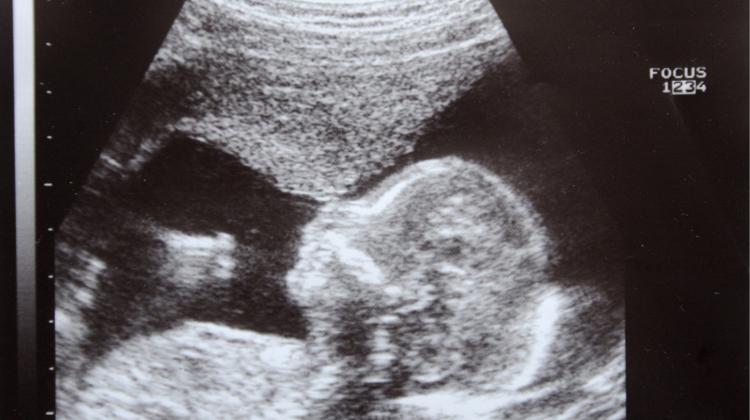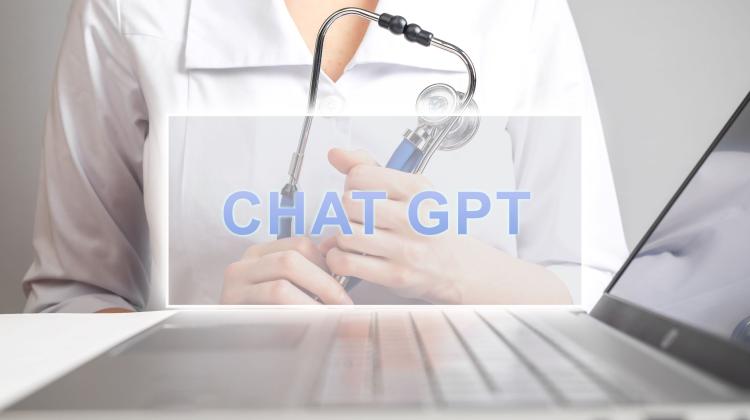AI to help detect premature birth risk
 Credit: Fotolia
Credit: Fotolia
Researchers from the Warsaw University of Technology are using artificial intelligence to help gynaecologists analyse the ultrasound record and detect the risk of preterm birth.
According to a 2018 World Health Organization (WHO) report, each year 15 million newborns are born via spontaneous preterm birth (before the 37th week of pregnancy). According to various estimates, 5-18 percent newborns are premature babies. Due to the associated complications, as many as one million of these children die before the age of 5.
Manual analysis of ultrasound images, which is commonly used, to some extent enables gynaecologists to predict which pregnancy may end prematurely. But this method it is still not perfect.
Therefore, in 2017, Nicole Sochacki-Wójcicka (in the course of specialisation in gynaecology) and Jakub Wójcicki contacted Dr. Tomasz Trzciński from the Faculty of Electronics and Information Technology of the Warsaw University of Technology with the question of whether it would be possible to carry out the project of spontaneous preterm birth prediction with the use of neural networks.
A research team was formed and the work began.
Project member Szymon Płotka said: “Our solution can support computer diagnostics and allow for more accurate prediction of spontaneous premature births.
“Before starting the project, the doctors cooperating with us prepared a set of teaching and validation data and annotations in the form of an outline of the shape of the cervix in ultrasound and numerical images (0 and 1), corresponding to: delivery on time, preterm birth.”
After preliminary cleaning, such data are used as training data for the neural network, in this case a convolutional network.
Płotka said: “It analyzes each image pixel by pixel, extracting the necessary features that will be used to segment the image fragment of interest (in this case the cervix) and classify whether we are dealing with a premature birth or not.
“During training, the neural network tests its predictions on a validation set. After the neural network is trained, it is checked against test data that was not used in training'.
Two scientific publications were prepared as part of the project. One of them (https://doi.org/10.1007/978-3-030-32875-7_11) shows that the neural network allows to reduce errors in predicting premature births from 30 percent (manual prediction by doctors) to 18 percent.
In another publication (https://doi.org/10.1007/978-3-030-60334-2_27), the researchers improved the classification results.
Płotka said: “To our knowledge, these are the only existing studies that concern predicting spontaneous preterm birth based on transvaginal ultrasound images.”
Scientists are currently working on a service in the form of a web application so they can share their neural network models. This will help gynaecologists analyse ultrasound images and thus support the diagnosis of spontaneous preterm birth. And that could save the lives and health of millions of newborns.
The project 'Development of a prediction method for the spontaneous preterm births based on ultrasound videos using machine learning methods in 2020-2021' is financed with the Grant of the Scientific Discipline Council, Technical IT and Telecommunications of the Warsaw University of Technology.
The first results of the research can be seen here (in Polish): https://www.pw.edu.pl/Aktualnosci/Jak-sztuczna-inteligencja-pomoze-w-zapobieganiu-przedwczesnym-porodom
The project leader is Dr. Tomasz Trzciński from the Warsaw University of Technology. The team members are Szymon Płotka, PhD student Tomasz Włodarczyk, student Tomasz Szczepański. Dr. Michał Lipa, a gynaecologist from the Medical University of Warsaw, is responsible for medical issues.
PAP - Science in Poland
lt/ agt/ kap/
tr. RL
Przed dodaniem komentarza prosimy o zapoznanie z Regulaminem forum serwisu Nauka w Polsce.















